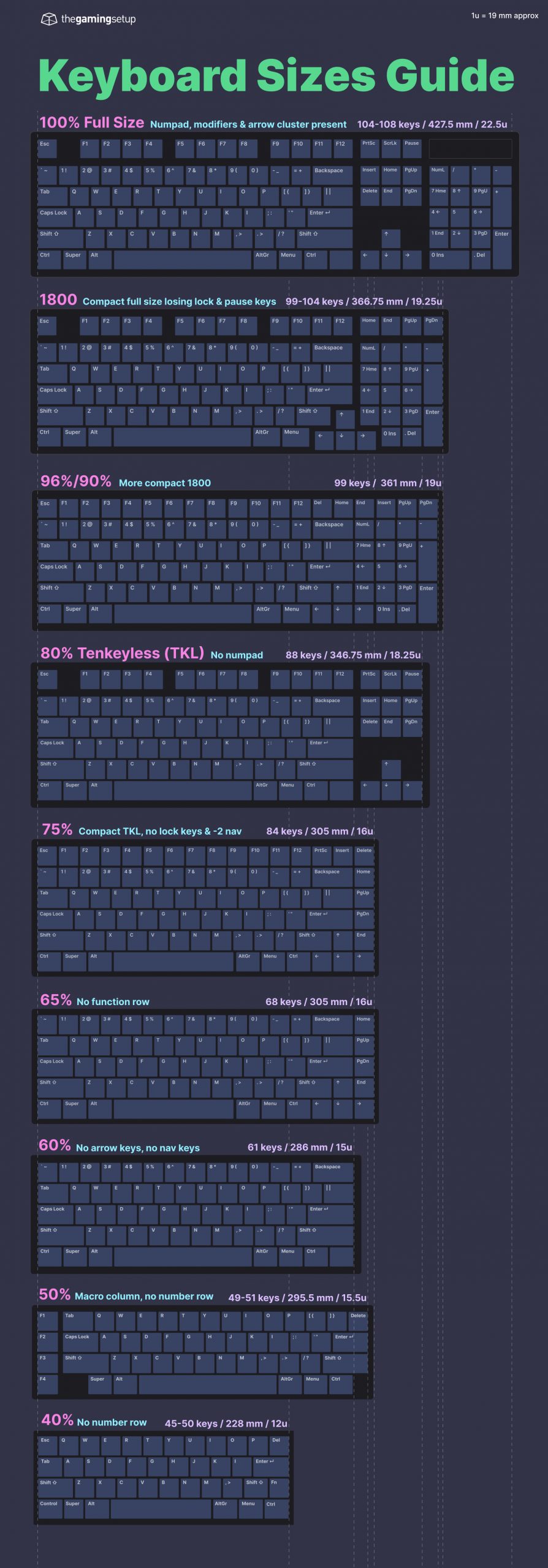
Every person has unique needs and preferences for their work and gaming space. Someone who should not use up precious desk real estate for a numpad if they never have a use for it. It only makes sense that several size keyboards have emerged in popularity to serve different niches.
There are a lot more options than just the traditional full size keyboard. The tenkeyless and 60% are other popular options, but there is no universal best. This will cover all the main keyboard sizes, and best use cases.
Full size aka 100%
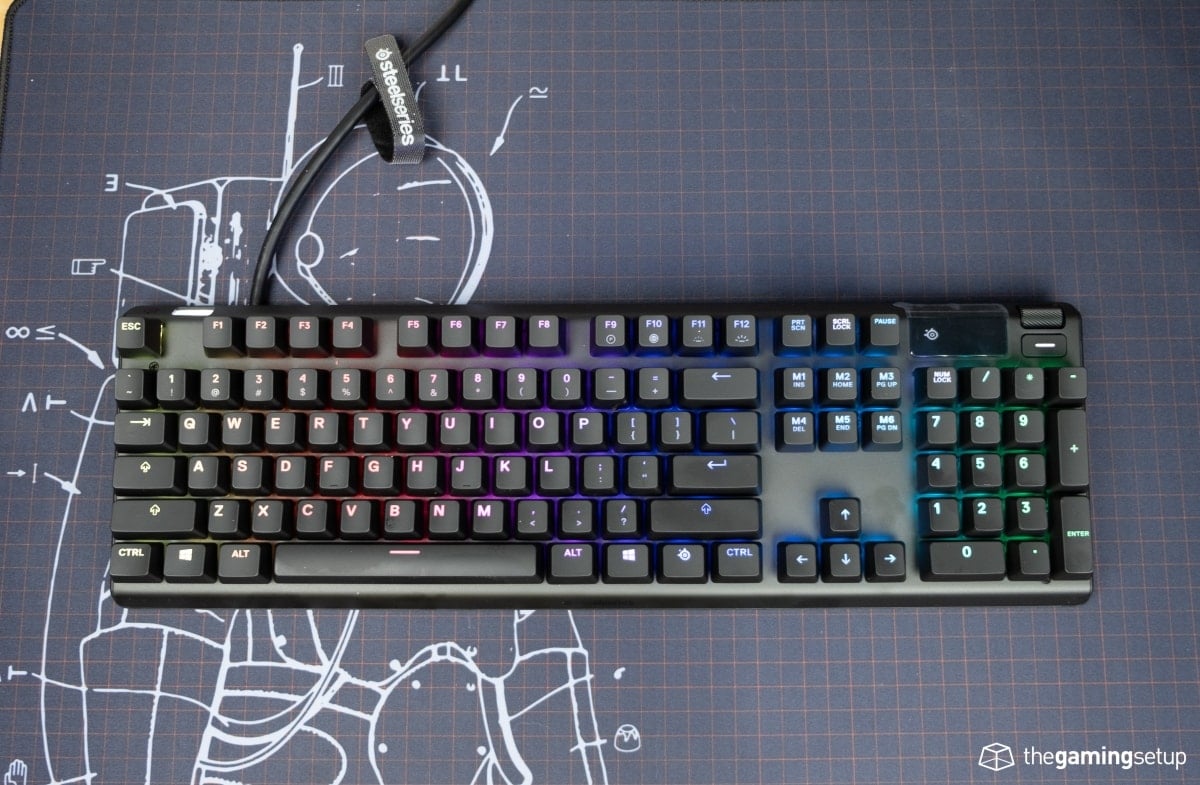
This the computer keyboard layout that most people are familiar with. Full size keyboards come with anywhere from 104 to 108 keys and typically span 22.5u or roughly 427.5mm in width, outside of specialty keyboards, they’re the widest option keyboard.
100% keyboards have the full spaced out function keys, arrow cluster, navigation and numpad with separation to easily identify keys. A full size keyboard is definitely preferable for people doing a lot of number crunching. Get a 100% if you’re doing a lot of excel or data entry, key caps are easy to find and you just don’t want to learn new key placements. If you don’t number crunch a lot, I would suggest going to a lower size for the space saving and ergonomic benefits.
1800
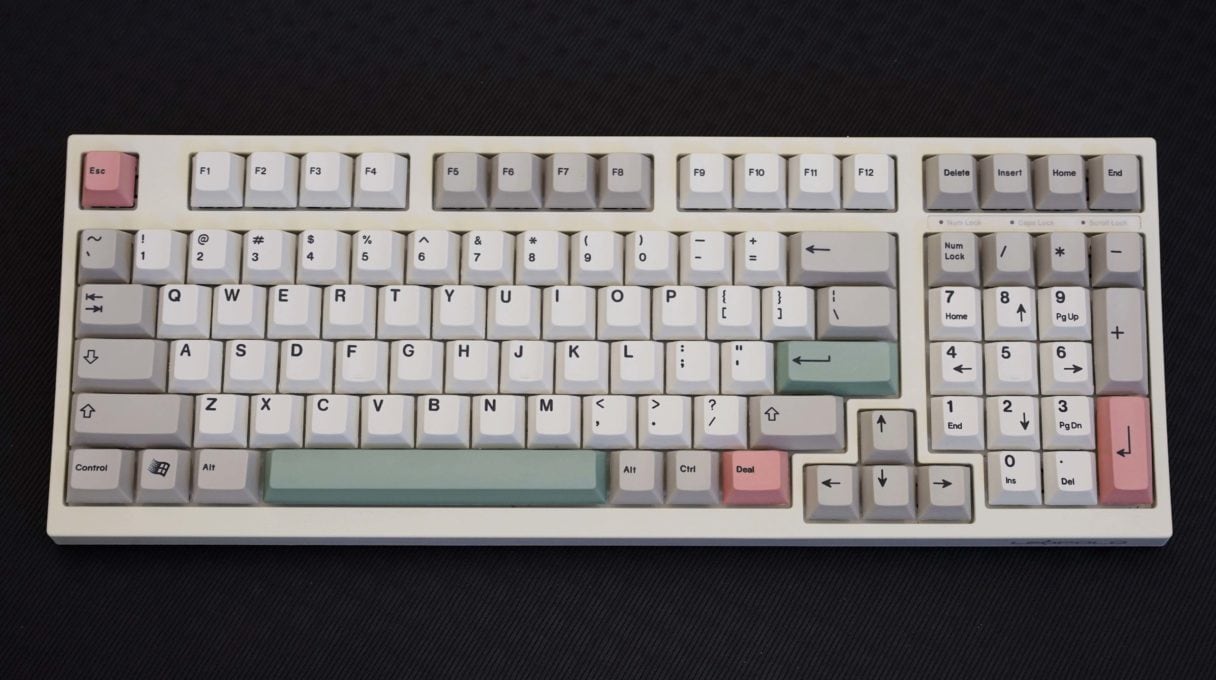
The 1800 takes the full size layout and squishes everything in a little tighter horizontally while potentially losing a few keys along the way. At 19.25u, 1800 keyboards shave off 3.75u off a full size keyboard’s width by relocating navigation cluster to above the numpad and squeezing the numpad closer to the left. 1800 keyboards are rarer and require some more unique key cap sizes, so pick one up if you’re looking for something more unique.
96%
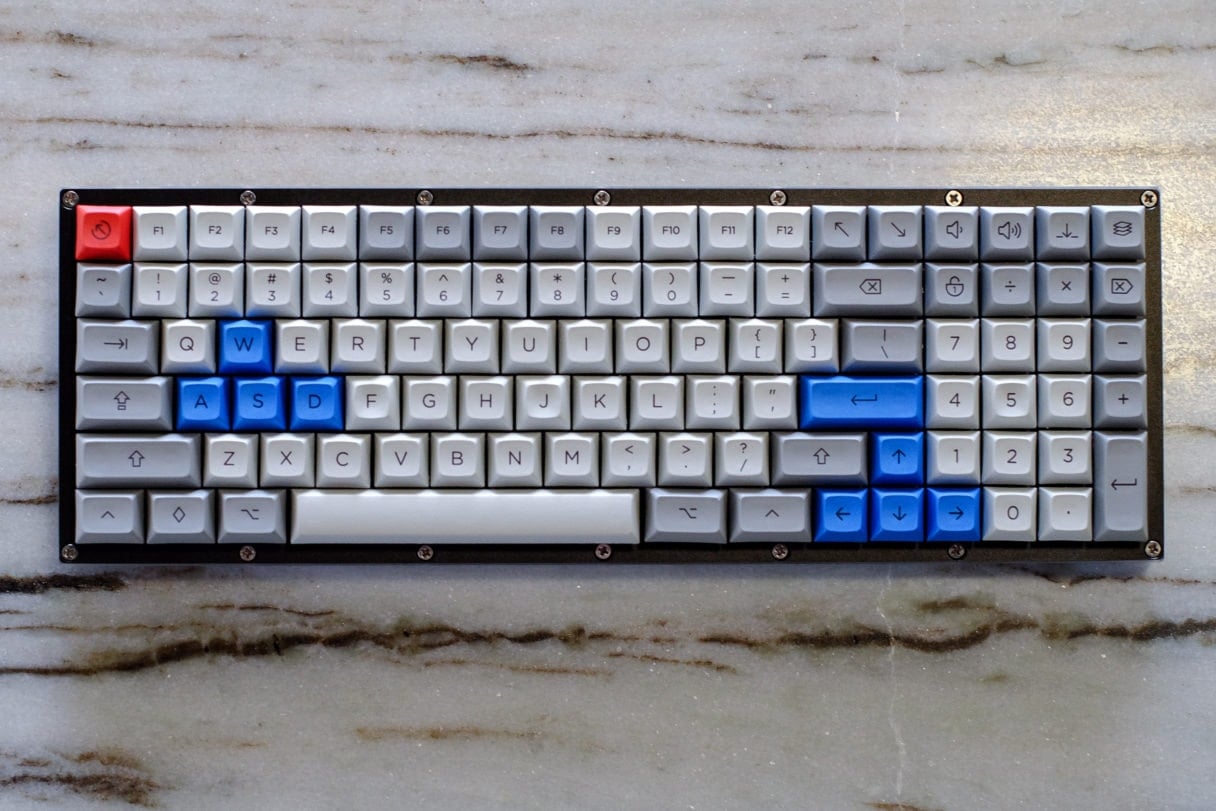
The 96% keyboard is nearly the same as the 1800 layout with no gaps, at 19u it saves about .25u of width compared to an 1800. A 96% is made for people who want the goodness of the 1800 but want to be as space efficient as possible.
Tenkeyless (TKL)
aka 80%
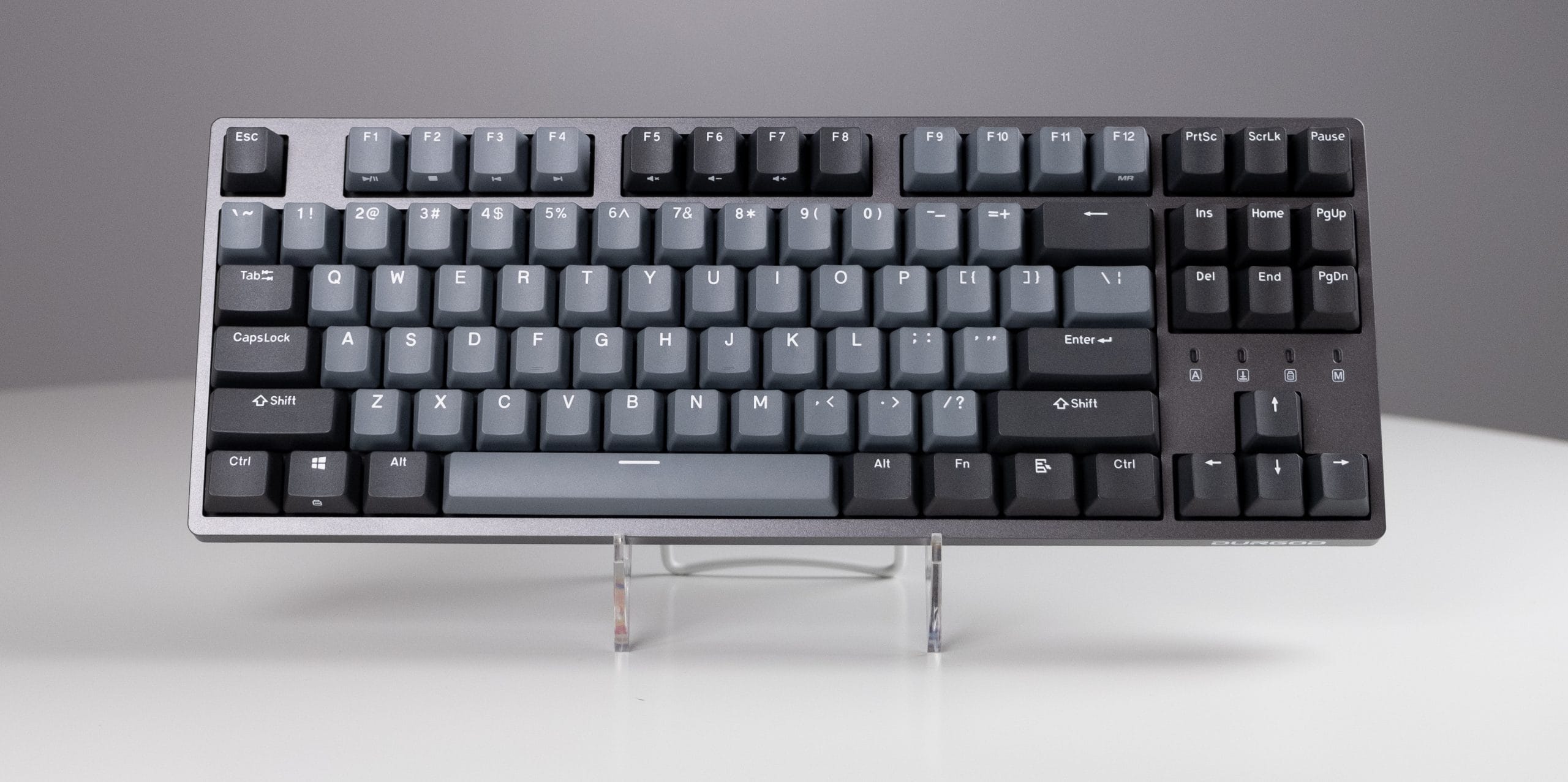
What I would consider a default option for gamers and most people who aren’t heavily processing numbers. The TKL is a full size keyboard that loses the numpad, saving 4.25u in width, leaving it with 88 total keys at 18.25u. The TKL still has a full separated arrow cluster, navigation and function row, so there’s not much relearning that needs to happen.
75%
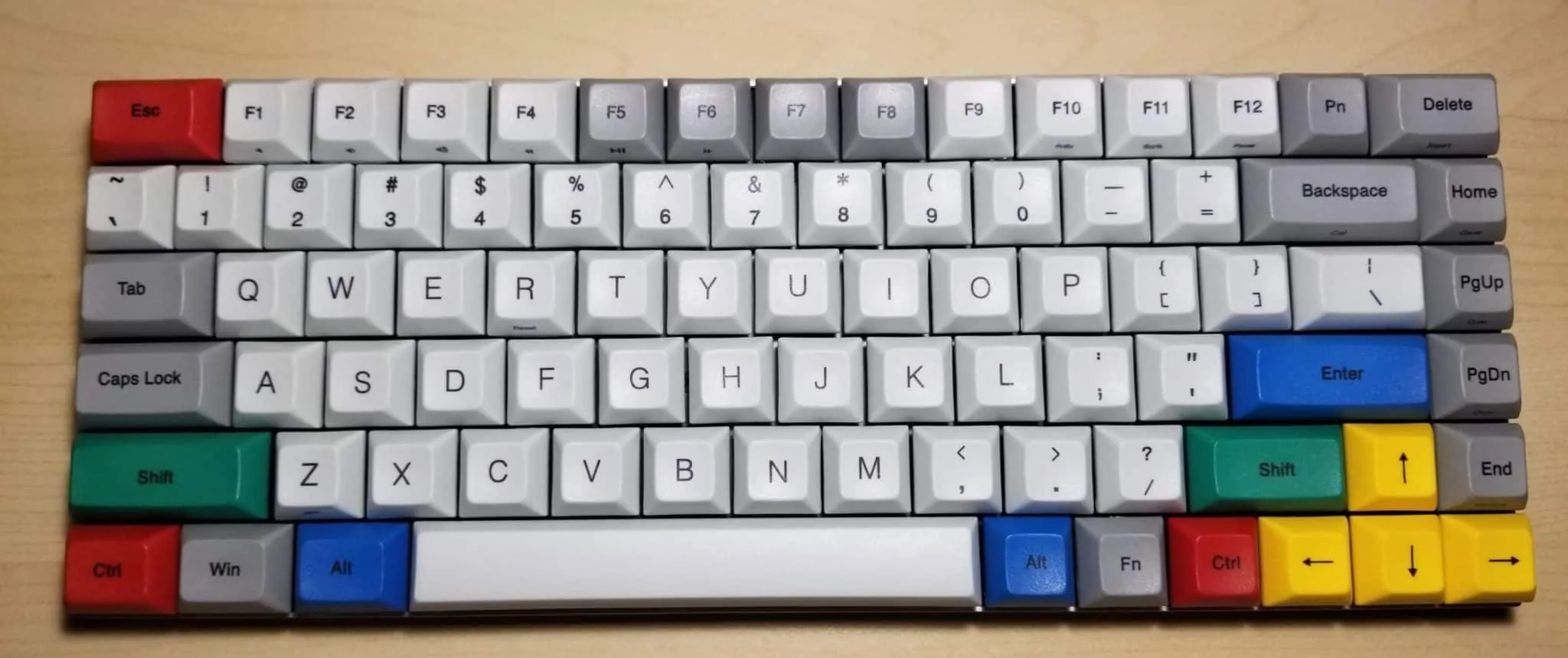
You can think of the 75% layout as a compact TKL keyboard, with 4 fewer keys, shedding 2 nav keys and the pause/lock keys, the arrow cluster is now right next to the right CTRL key. The 75% is a 16u in width, saving 2.25u compared to the TKL’s 18.25u. There’s a bit of a learning curve with the 75% coming from a TKL, as you won’t be able to feel around for the corner of a cluster since your keyboard is all one group now. Get this keyboard if you’re looking for a compact TKL and need the function row.
65%
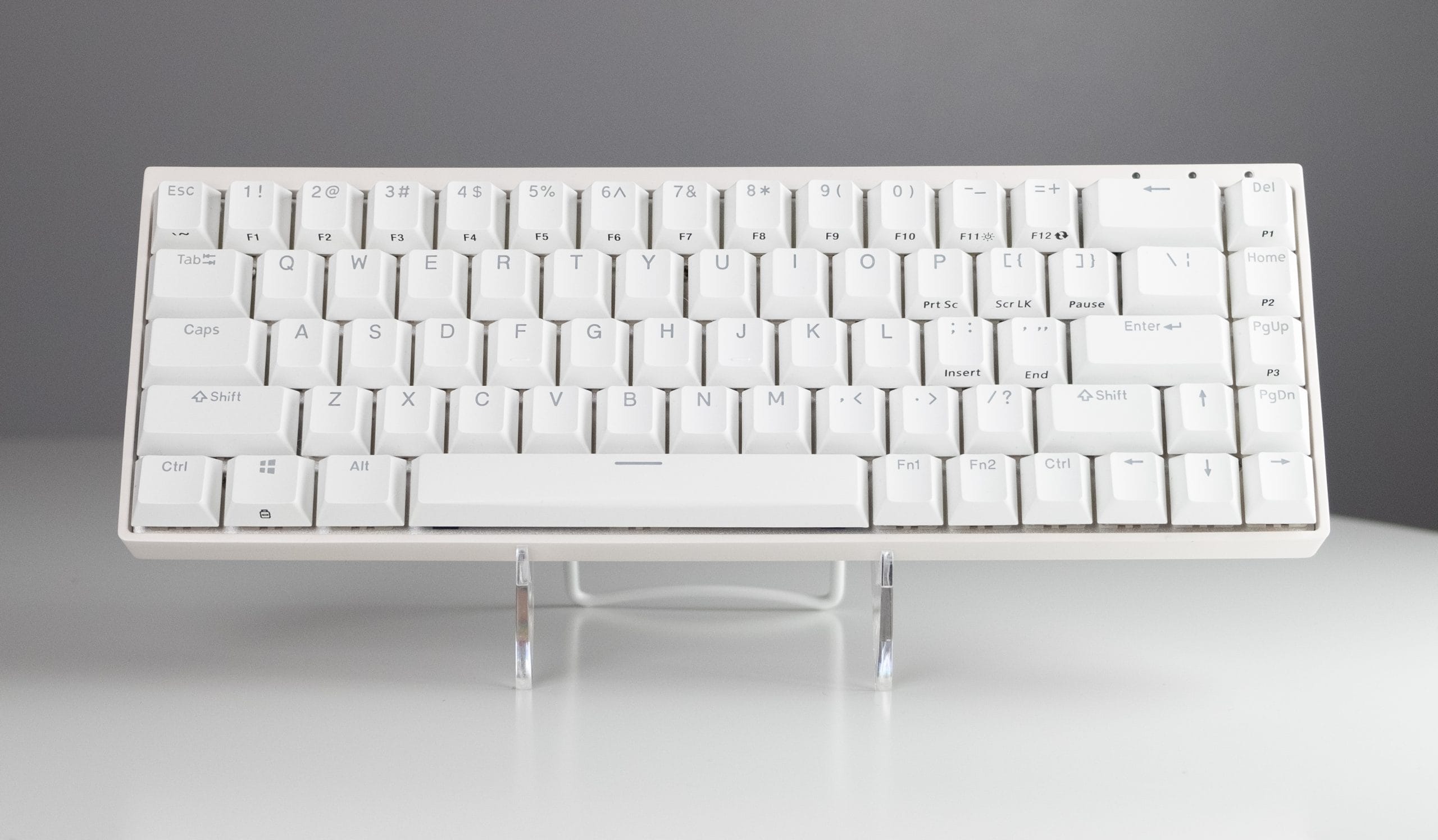
A 65% keyboard is the same width as the 75% (16u) without the function row up top, it is 1u wider than a 60% layout. The 65% layout is quite popular as it is quite compact while maintaining a good amount of functionality, primarily the arrow keys.
Related: Our best 65% keyboard picks
60%
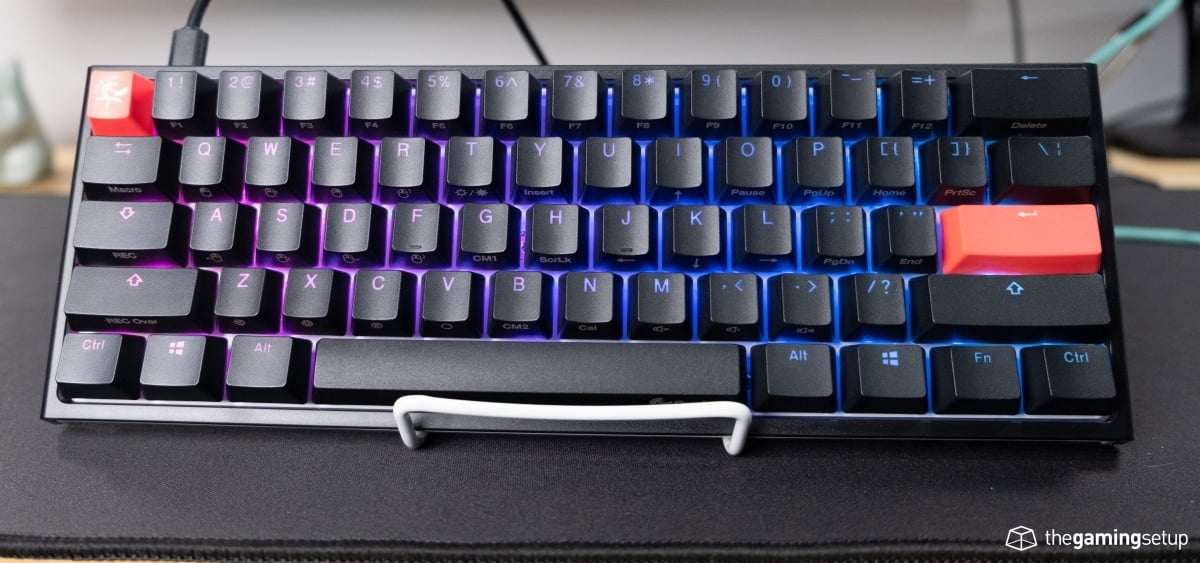
The 60% layout is 15u wide, one column less than the 65%. Most notably, it does away with the arrow keys, numpad ,navigation keys and function row, hiding them behind a function layer. The 60% keyboard layout has been popularized by streamers such as Tfue. 60% layouts are fairly common as this is the OG compact keyboard. Get a 60% keyboard and you’re really looking for the aesthetic or spave saving aspects of the compact layout. I would skip the 60% if you rely on the F keys or arrow keys a lot during regular usage.
Related: Our best 60% keyboard picks
50%
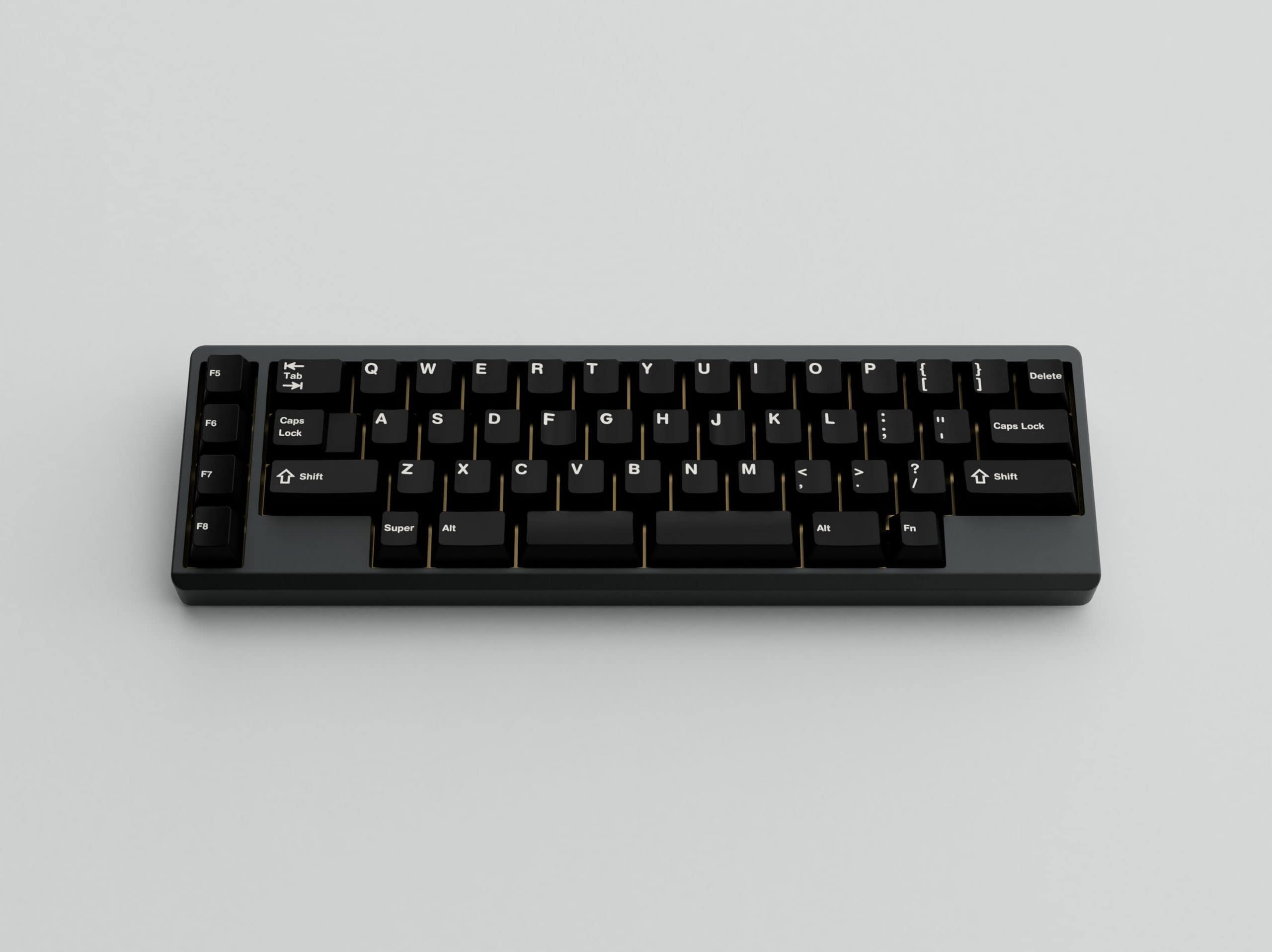
The 50% layout is quite unique and not very common, we’re into custom keyboard territory. The 50% layout is actually the same width or wider than the 60%, the layout adds a macro column to the left of the keyboard, while doing away with the number row, on top of missing the function row, numpad, navigation keys and arrows.
The 50% saves an entire row in keyboard height, while adding some unique functionality in offering a macro column. Get a 50% keyboard if you want something unique and new, and you really want a compact form factor with some macro functionality. Don’t get a 50% if you need the number row easily accessible.
40%
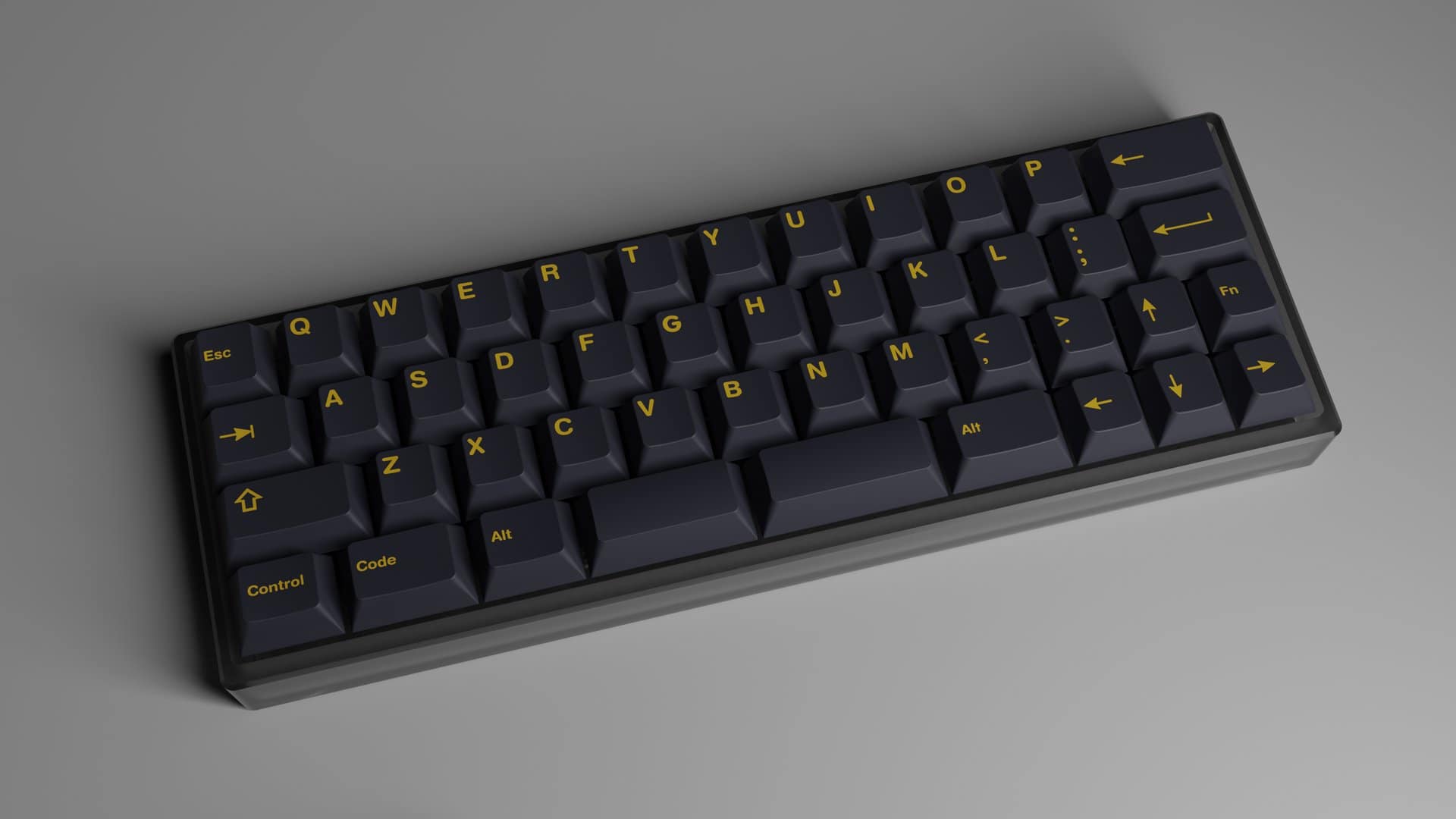
40% are absolutely tiny keyboards, with a 12u width and 4u height, the 40%’s are usually highly customizable to allow you to program the functionality you want on less than 50 keys. 40% has no number row, no function keys, no navigation keys and often times no punctuation keys.
These keyboards often have a longer learning curve, but the people that get used to 40%’s swear by them, the shortcuts become second nature. Get a 40% keyboard if you’re looking to really optimize your space usage and are willing to put in time to configure your own input layout. Don’t get a 40% if you’re looking for something to quickly pick up and use.
Numpads
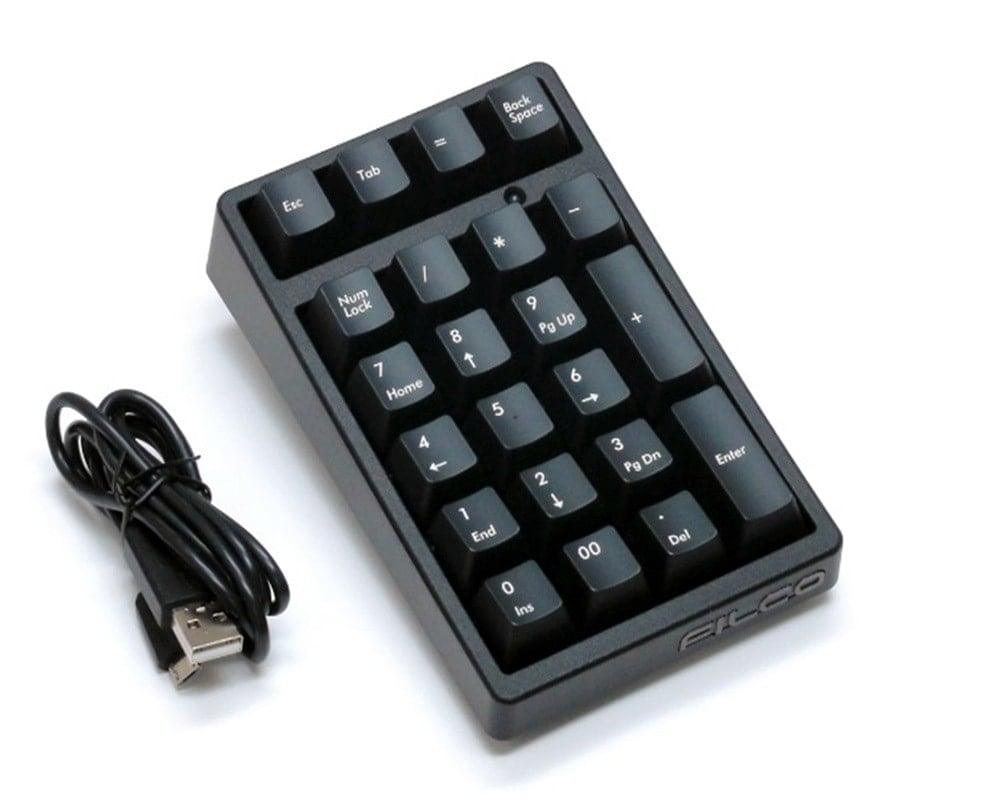
There are several USB numpads that you can whip out in case you need to do heavy numbers editing. This allows you to keep a day-to-day compact keyboard while maintaining number functionality when the need arises.
Ortholinear
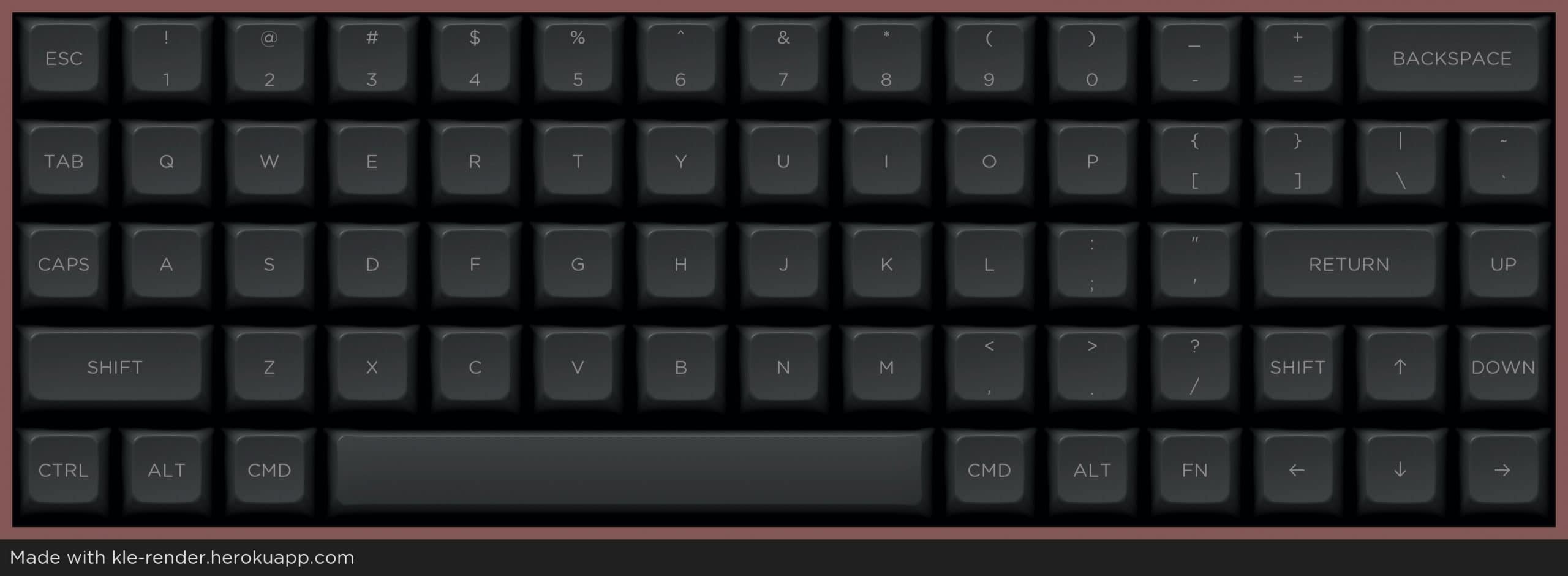
Ortholinear layouts feature keys that are distributed in perfectly even rows and columns in a grid. The traditional keyboard layout is staggered, a remnant from the old typewriter days where the keys were physically attached to an arm that slammed ink into paper, the keys needed to be spaced to make room for those arms. Ortholinear layouts don’t present any unique advantages to a standard layout, nor is it a huge learning curve to get used to, they’re just neat.
Split/ergonomic layout
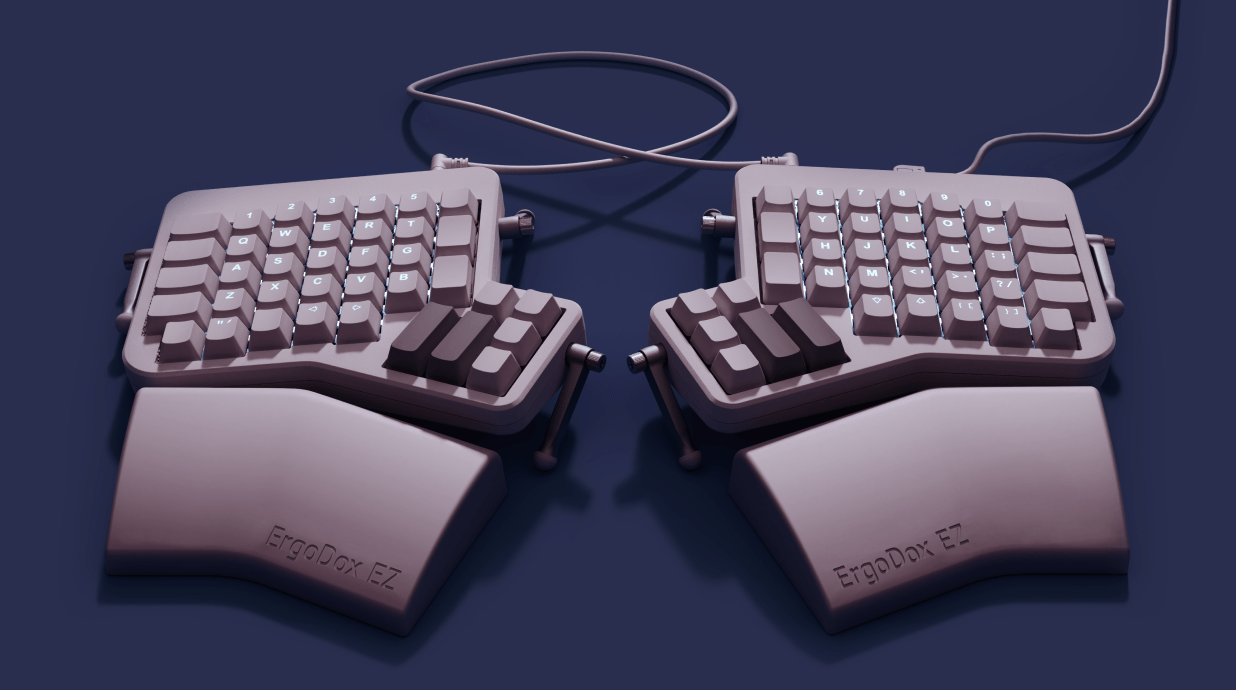
Split or ergonomic layouts angle the left and right sides of the keyboard to more naturally match the angle of your hands at resting position. These keyboards are ideal for folks who type for long periods of time and have ergonomic considerations that take the stress out of straightening wrists needed for regular keyboards. Split keyboards are fairly custom and have lots of variants, including keyboards that have a gap in the middle or just completely split, ortholinear or staggered. Get an ergonomic/split keyboard if your wrists feel like they’re on fire, it should help.


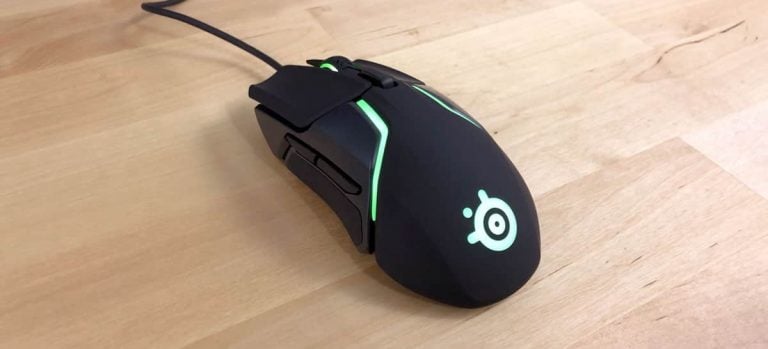
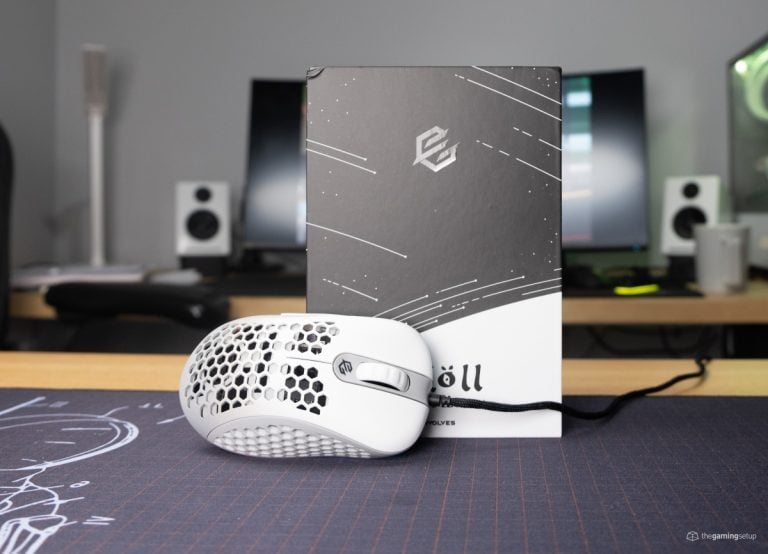
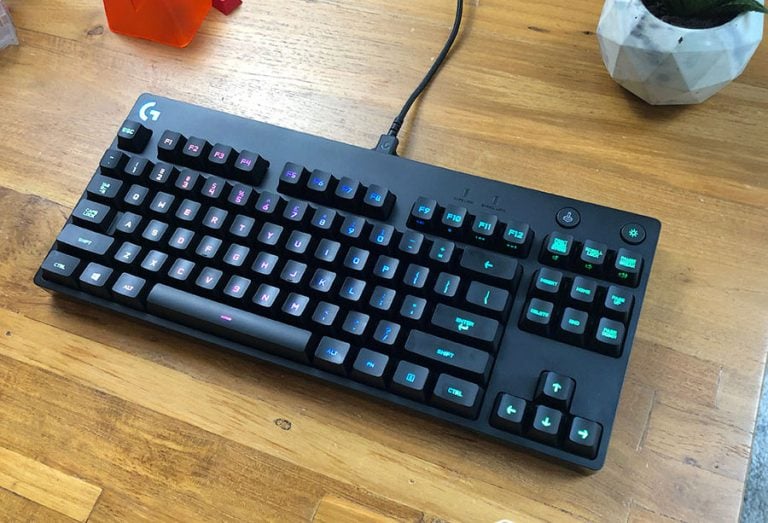
3 Responses
Vertical size? What about height?
aa
Hello colleagues, nice post and nice urging commented here, I
am actually enjoying by these.